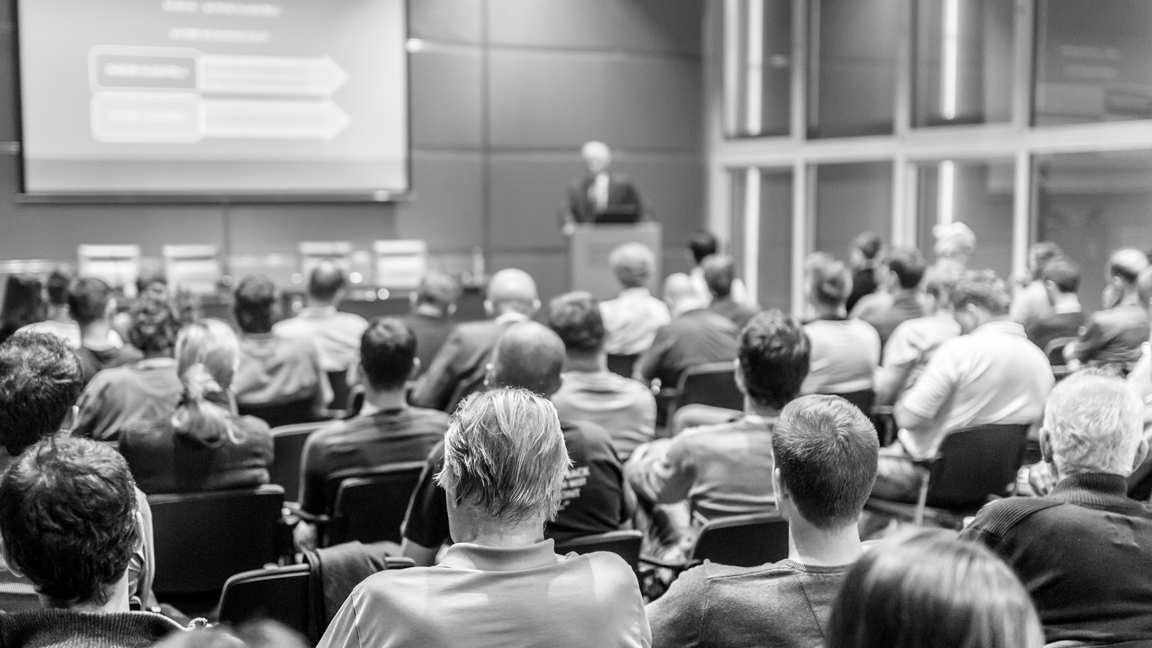Five Strategy Insights for Digital Event Success

In a previous blog, “The Show Must Go On!”, we discussed the concept of including a digital event strategy in the instance of a postponed or ultimately, canceled in-person event. While in-person is back as much as it can be, we’re now attempting to jump other hurdles such as inflation, a possible recession and a new health crisis that could affect our future events.
Now that we know the five steps for setting up our digital events for success, let’s review some recommendations on how to complete the five steps.
Align your business and audience objectives
- Conduct research on your audiences’ goals and objectives for attending your event. Use a tool such as survey monkey in your marketing materials or analyze previous event metrics such as individual session data or feedback survey responses for insight into their wants and needs.
- Similar to transforming your content for a digital space, you’ll need to transform your business and event goals to be achievable through digital components. Assess your strategy for accomplishing these goals in-person and envision how that could be done in a digital setting. For example, if one of your goals is high participant session engagement, collaborate with your speakers on activities that are user and navigation friendly for digital attendees.
Design success to measure business impact and activity
- Have a data analysis plan in place prior to the conclusion of the event. Make a list of the high priority metrics that will help most in measuring the business impact of the event. For example, if sponsorship activity is part of driving your business impact, note the sponsor metrics available and what specific information they provide.
- Most digital event metrics can be found directly in the technology platform but knowing when and where to find business impact metrics will be helpful in analyzing and building your business impact story.
Reimagine content for the digital audience
- Conducting a content audit is key to reimagining the content and desired experience in a digital setting. Review in-person content for things such as group activities, product demos or heavy audience participation. Pinpoint items that won’t translate well to a digital audience and revise them specifically for that audience.
- Promote the goals, instructions and mindset needed for the engagement activities prior to the event to get participants comfortable with the activiti(es). Marketing early will set expectations for the attendees and give them room to come with questions and ideas, as opposed to feeling like speakers are putting them “on the spot” in the actual session.
Create audience engagement that drives participation
- Building engagement experiences for digital attendees can be complicated, especially with the competing distractions such as email, remote environments, and existing schedules while an event is live. Consider the duration and commitment you are asking of your digital participants. Consider opening your event environment early so that users can access the agendas and navigation guides for engagement tools to ready themselves to enhance their experience.
- When choosing your technology or designing your digital environment, make note of how the platform can lend itself easily to the engagement or participation you envision. Ask yourself questions like, is it easy to navigate? How many clicks or spaces will the attendee have to perform to complete the activity? Would I be motivated to participate in the activity?
Deploy the right technology to support your event
- Construct your event strategy first, then choose your technology. You want your digital environment to fit your goals and objectives, not the other way around. If you have an existing platform but want to incorporate more activity, research what integrations are available to make the environment into a seamless experience.
- Finding the right technology for your audience and your internal teams is a win-win. A digital event that is clear and concise with its vision and purpose built into the setting makes for a positive user experience and less technical support or dissatisfaction overall.
Digital isn’t just a “nice to have” anymore, it’s a “must have”. With the issues noted above, now more than ever, we need to be involved in preventative planning as opposed to reactive. With preventative, we are providing our audience with feelings of support, stability and consistency at a time when those feelings seem to be further from us with each passing day.
Interested in learning more about how beedance can assist with your hybrid or digital event strategy?

Categories
- Bee Wisdom (21)
- Business Intelligence (1)
- Case Studies (1)
- DE&I (1)
- Events (8)
- Experiential Marketing (2)
- Featured (3)
- Hyperlocal Events (1)
- Insights (48)
- Marketing (1)
- Pro Tips (33)




